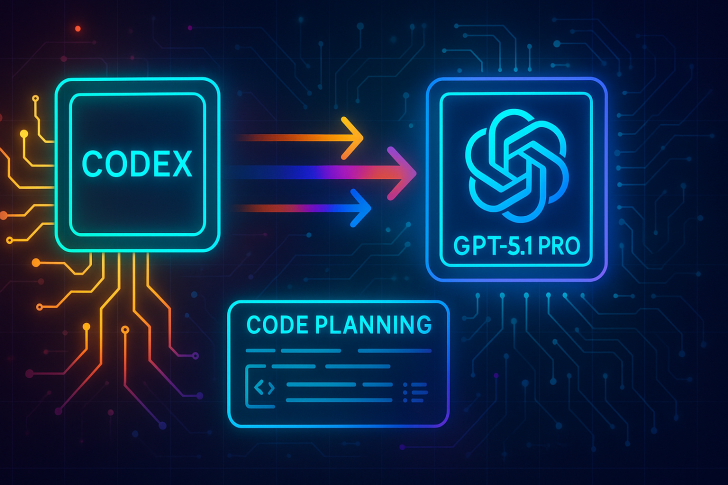⬤ Codex Max is getting more attention lately after new insights revealed how the system creates optimized prompts for GPT-5.1 Pro, enabling more structured and efficient code-change planning across massive software projects. This workflow helps pull higher-quality output from the model when tasks are clearly defined. The update shows just how fast AI-assisted development is moving and connects directly to broader infrastructure trends involving companies like NVDA.
⬤ Here's how it works: Codex Max acts as a preparation layer that shapes and refines instructions before GPT-5.1 Pro processes them. This cuts down on ambiguity, limits error chains, and speeds up iteration within complex codebases. The approach fits perfectly with what's happening in enterprise development right now, where AI-supported pipelines are becoming essential for managing large, constantly evolving software systems. This growing adoption means more reliance on high-performance AI compute, an area where NVDA's footprint keeps expanding.
⬤ The key takeaway is that well-defined tasks are still crucial for getting the most out of GPT-5.1 Pro. By feeding the model structured, pre-processed instructions through Codex Max, developers get more consistent reasoning and more reliable technical output. This reflects a bigger industry shift where orchestration layers, optimized agents, and specialized pipelines are becoming must-have components of professional AI workflows. As demand for these systems ramps up, NVDA's role in the AI ecosystem powering them becomes increasingly important.
⬤ The advancement of Codex-based workflows and GPT-5.1 Pro matters because it shows how quickly AI-enhanced engineering is scaling across the development landscape. As these pipelines get more sophisticated, the demand for faster compute, efficient coordination tools, and robust AI operating environments will likely intensify.
 Usman Salis
Usman Salis

 Usman Salis
Usman Salis


